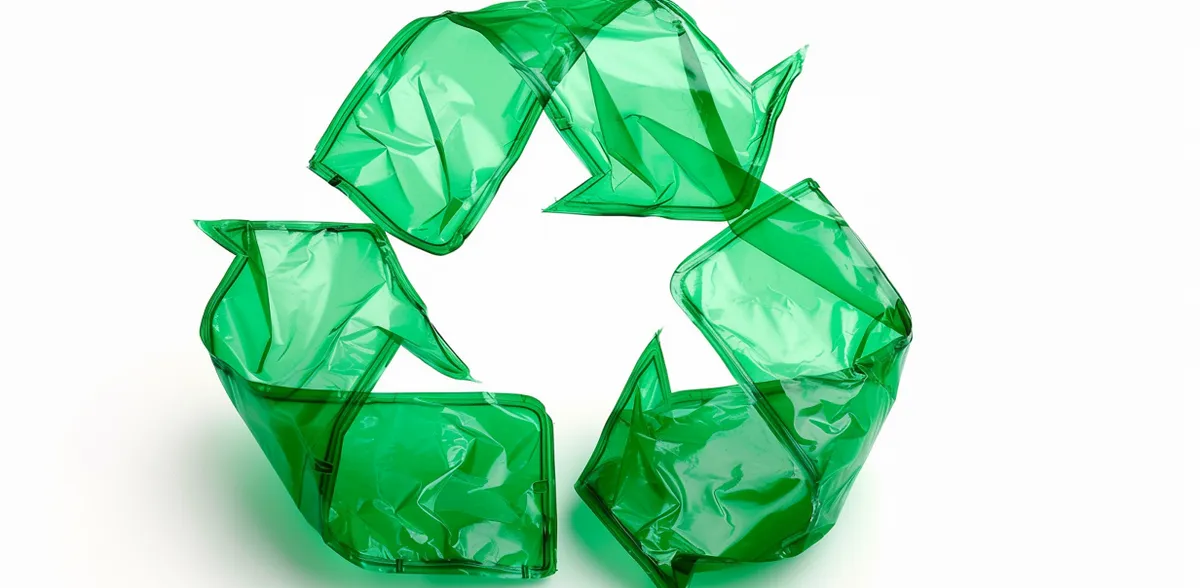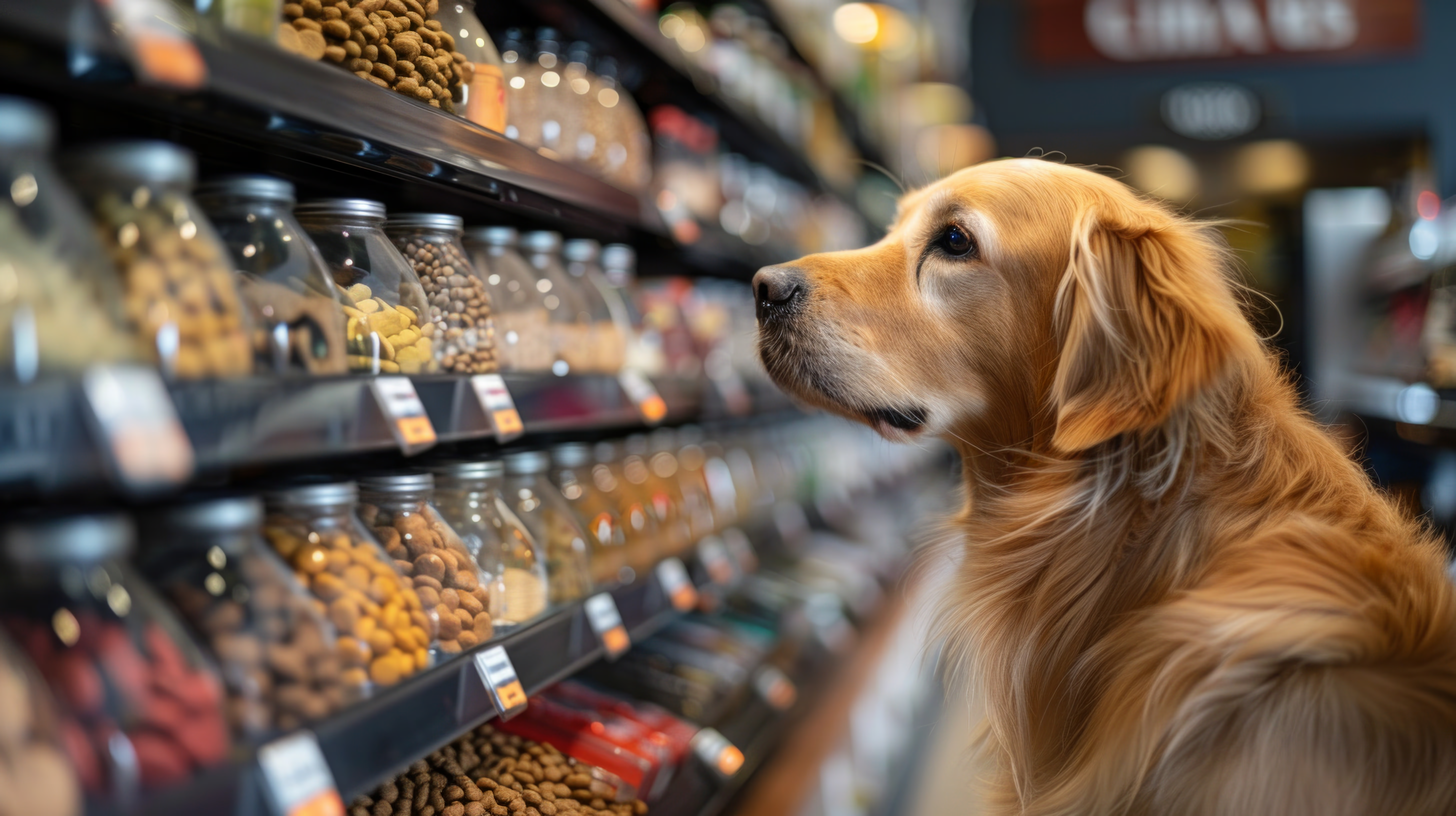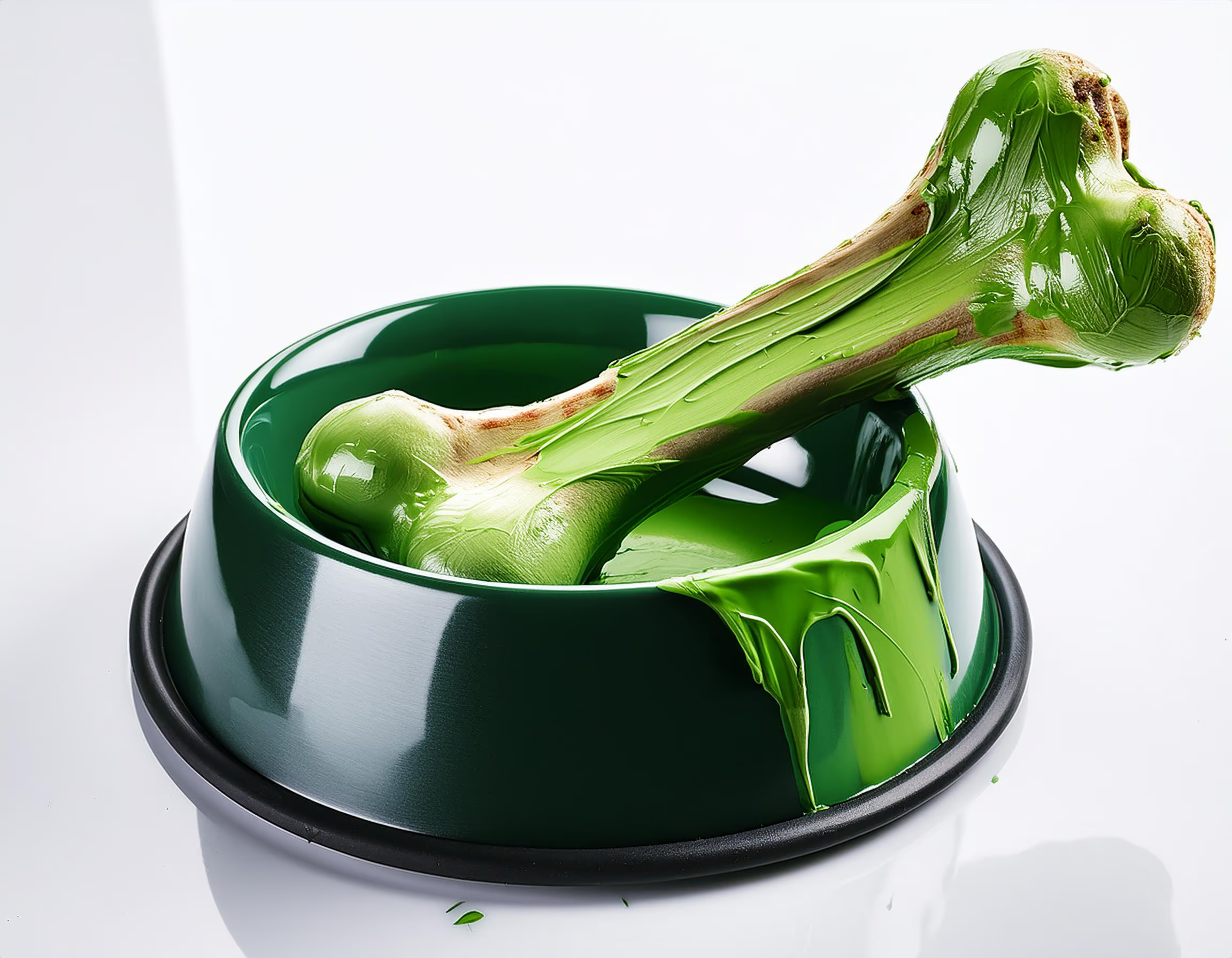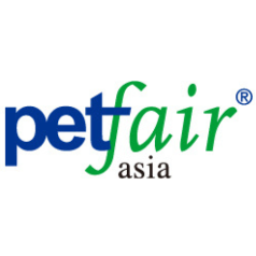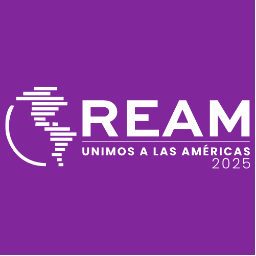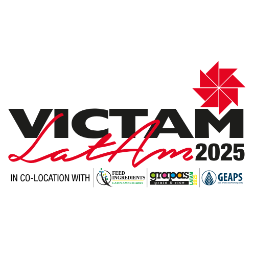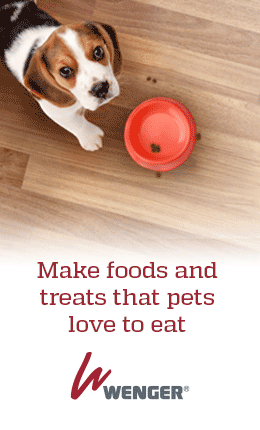Technologies approved by the EFSA for recycling PET plastics
The panel of the European Food Safety Authority considers various post-consumer PET and polyolefin recycling technologies optimal for use, a crucial factor in the EU since only packaging made from plastics recycled by processes approved by the EFSA can be used legally.
Let's get to know some of the approved and most used technology processes for recycling PET plastics.
Kreyenborg and his infrared approach
Kreyenborg IR Clean+ technology for recycling post-consumer PET consists of heating and decontaminating PET flakes using a rotary infrared dryer under an air flow, up to a defined temperature. The flakes are then decontaminated in a finisher under airflow and high temperature. This process has been approved for the creation of thermoformed trays and cups to distribute beer, wine, coffee, juices, fruits, vegetables, desserts, meats, cooked and raw dairy products, drinking water, and carbonated beverages.
Starlinger Technologies
Starlinger, one of the leading recycling machinery companies, offers the deCON process. In this, the flakes are preheated in a batch reactor before being introduced into the solid-state polycondensation (SSP) reactor, which operates continuously under vacuum. The entire process is executed with specific parameters of temperature, pressure, gas flow, and residence time.
Starlinger also introduces iV+ technology. In this process, the flakes are first pelletized, dried, and continuously crystallized in a reactor under airflow and high temperature. Subsequently, the flakes are introduced into an extruder at high temperature and under vacuum for some time, and the plastic is granulated. Then, the granules are crystallized at high temperatures in a continuous reactor under atmospheric pressure. Finally, the crystallized granules are preheated in a reactor before being transferred to a semi-continuous SSP reactor operating in a vacuum at high temperatures for a certain period.
EREMA and its multiple processes
EREMA's approved recycling technologies for PET are several. The EREMA Basic process consists of continuously feeding PET flakes into a reactor equipped with a rotating device, which operates in a vacuum at high temperatures. After a certain time in the reactor, they are continuously transported to an extruder, where they are melted. Finally, the product is filtered and pelletized.
Another EREMA technology is MPR + DS, which consists of introducing flakes into a reactor equipped with a rotating device, which operates in a vacuum at high temperature and where, after a specific time, they crystallize. Then, they are introduced into a twin-screw extruder, to be melted and extruded into balls or sheets. EDEMA also has MPR technology, which covers the first part of the process detailed above, in which the flakes are processed in a reactor equipped with a rotating device.
EREMA's Vacurema Prime is another of the approved processes. In this, the flakes are introduced into twin batch reactors, where they are heated for a certain time, possible contaminants are vaporized and the PET flakes are crystallized. The twin reactors then take turns moving the flakes to a continuous reactor in a constant back-and-forth process, where they are heated and decontaminated. Finally, they are transferred to an extruder, where they are melted and the melt is filtered before granulating the plastic.
Closed-loop polyolefin recycling technology
The panel also approved a process known as CAPEC, Boxes and Pallets in a Circular Economy. This involves recycling previously cleaned food-grade high-density polyethylene (HDPE) and polypropylene (PP) boxes into new boxes with up to 100% recycled content to store fruits and vegetables at room temperature or below.
The recycling process is simple: sorted and clean boxes are crushed into flakes, washed with drinking water at room temperature, dried with a centrifuge, ground, and packaged in bags. Or, if the desired result is pellets, the cartons are crushed, washed with potable water at room temperature, dried with a centrifuge, ground extruded, filtered, and packaged in bags. The resulting flakes or granules may or may not be mixed with virgin HDPE or PP before the dye is added, and the plastic is injection molded into new boxes.
BONUS: chemical technology can take PET recycling to another level
In contrast to mechanical technology, we find chemistry, which, through innovative processes, offers a second chance to non-recyclable plastic waste, converting it into high-quality material for the chemical and food industries.
In the case of PET, unlike single-use plastics, it is versatile and can be reused infinitely. It accounts for about 7.4% of all plastics and is widely used in food packaging materials, films, and fabric manufacturing. Chemical recycling is presented as a purer alternative that ensures that the containers made with this procedure are suitable for reuse for food packaging.
Currently, only a small portion of PET is recycled, mostly transparent and colored bottles, due to limitations in the initial waste selection process. However, the ChemPET project proposes a solution with the implementation of chemical recycling.
This technology breaks down plastic polymers back to their basic monomeric form and purifies them. It then returns it to the original polycondensation process, essentially replacing pristine fossil resources. That is, it transforms PET waste into a valuable resource to create a new virgin PET and achieves this by producing a stable and safe intermediate, known as BHET, which allows a new polymerization into PET. The resulting product, chemically recycled PET (crPET), matches the quality of virgin polymers and is even suitable for food-grade applications.
Conclusion
Certified circular plastics can be an important tool to help boost plastic waste recycling and improve plastic recycling rates locally and internationally. But, to achieve this, it is necessary to promote the development and access of various companies in the pet food industry to these types of procedures, optimizing costs and processes so that they can remain competitive in the market.
Source: All Pet Food
You could be interested: Greenwashing in pet food: what it is and how to avoid it
About author
María Candelaria CarbajoI’m a creative, interdisciplinary person, translator, and editor. I collaborate in producing and writing creative, high-impact projects to promote cultural exchange, transmit differential values, and connect with people/the audience. Likewise, I enjoy teamwork and joining forces, experiences, and knowledge to bring the world all the potential of those ideas that seek to impact people’s lives positively.












